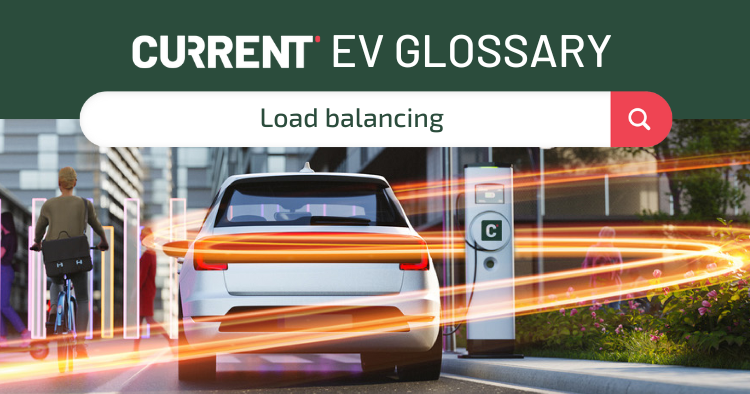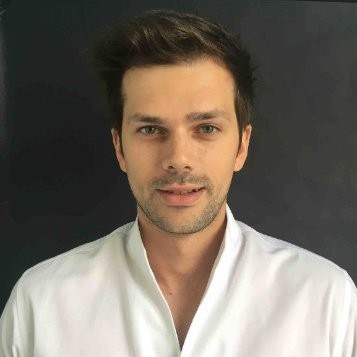DC Charging
DC Charging for Electric Vehicles (EV)
Ever suffer from 'range anxiety?' Or worry about how long it will take to charge electric vehicles? DC charging is the fastest way to refresh your car battery. But some people don't quite understand how and why this works. So, we're going to give you the simple explanation for why DC fast charging stations are so much better than the plug on the wall in your garage.
AC Power Is In the Grid, DC Power is in Your Battery
There are two different types of power supply currently used all over the world:
- AC power stands for alternating current. Alternating current means the direction and intensity of the power changes direction regularly. Electricity in the power grid is always AC power. This is because generators create it easily and it travels long distances with no problem.
- DC power stands for direct current. Direct current always flows in one direction. It also provides a very consistent power output. DC is used for batteries and electronics, where the reliable power level is very important.
DC is often used in the transmission grid to transfer power over longer distances
The local power grid is always AC. The power in the battery of your electric vehicle is always DC.
Normally, connecting your car to a slow charger uses AC power. AC charging is slower because the power pushed through the power grid in AC form is low. In Europe, there is a maximum of 7 kW available. In the USA, this could be as high as 19.4 kW. Electric vehicles have an onboard converter to change the power to DC before feeding the converted power into the battery.
DC Chargers for an Electric Car Feed the Battery Directly
When you connect to DC fast chargers, you often get a faster charging speed. This is because the DC fast charger has a higher output and it feeds power directly to your battery. The power available through the grid for DC charging is between 15 and 350 kW. Some innovations are coming to push the power available up to 1000 kW.
A DC fast charging station provides power directly to your car's battery, bypassing the internal AC/DC converter. By drawing on more available power and bypassing the internal converter, DC delivers a much faster charging speed than AC.
How Fast is DC Fast Charging?
The difference between AC and DC charging is significant. AC charging at home could require eight or more hours to fill your electric vehicle's battery. A fast DC charger could do this in an hour for some vehicles.
Generally, there are two or three 'levels' of charging stations. Here's what to expect from each one:
- Level 1 Stations - These are the slowest, with a power output up to 1.8 kW. This adds about 7 miles per charging hour to your car's range. Most of these are AC chargers built into someone's home or property.
- Level 2 Stations - With power outputs up to 7kW, these are the most common charging method for public locations. They can supply a full charge to EV drivers in about eight hours.
- Level 3 Stations - DC fast charging stations are available with power delivery up to 350 kW. These can charge an EV battery in a matter of minutes instead of hours. Many car models are now being designed to be fully charged in a single hour from a level 3 station.
Sometimes, the DC fast charging cost will be higher than a slower AC charging point. However, the time saved may be worth the extra expense.
2 More Important Charge Speed Factors
Most people want to keep their EV charging times as low as possible. To do so, it's important to consider the output power of the charging station, as we've been discussing. But there are two other important things to understand.
- EV Charge Acceptance Rate is how much power your car's battery can accept. If your car has an acceptance rate of 50 kW, then any power delivered above this will simply not be added to your battery. Newer cars generally have a much higher charge acceptance rate.
- DC Fast Charging Curve is a way of describing how fast the charging happens in relation to your battery's available power. In the first phase, the charge rate is going up towards its maximum. Once it reaches the maximum charge acceptance, the rate starts a steady decline as your battery fills up. Once your car battery reaches 80% full, the rate drops off again to prolong battery life.
A good way to picture this is to imagine an airplane flight. During takeoff, the height of the airplane goes up dramatically. Then, the airplane cruises at its cruising height for a long time. Just before landing, its height goes down very rapidly. Your car battery's charging rate is like the height of the airplane.
Types of DC Chargers
There are about five different connector types for DC EV chargers:
- CHAdEMO - mainly used in Japan and on Japanese models
- CCS1 - used throughout North America
- CCS2 - Common in Europe
- GB/T - Chinese DC charger port and connector
- Tesla - Proprietary charging connector for Tesla vehicles
Does DC Fast Charging Hurt an EV's Battery Life?
In short, no. While using DC fast charging could shorten the life of a battery, the difference between AC and DC is so small that most people will not notice. Every electric vehicle comes with an onboard Battery Management System (BMS). The BMS monitors the battery and charging to keep the battery in top condition.
DC Charging Summary
Here's the summary of the key points we've just covered:
- DC charging is faster because there is more power available. The power is also delivered directly to your car's battery.
- DC charging can provide up to 80% of your battery's range within an hour for most vehicles.
- DC fast charging does not damage electric vehicles or their batteries.
Those are the key points. If you're still thinking of questions, you can check out the rest of our glossary for more definitions of the EV charging industry.



